18 simple ways to save water and reduce your bill
We’ve got whole host of easy water-saving tips to try at home to reduce your water use and save on your bills.

We’ve got whole host of easy water-saving tips to try at home to reduce your water use and save on your bills.

Taking a shower, filling the kettle for your first cuppa, cleaning the breakfast bowls, and popping on the washing.
The day has barely started, and water has already played a big part in your morning routine. So, how can you make changes to save water and reduce your bills?
One of the first steps is to appreciate how much water you use. According to research conducted on behalf of Water UK, most people's estimation is wrong, with 94% of the public underestimating the amount they use daily. More than one-fifth believe their household uses less than 20 litres a day, when in reality, the average person’s daily usage is 142 litres.
Taking small steps to save water will help you save money, not only on your household’s water bill if you’re on a metered supply, but also on your energy bills too.
According to the Energy Saving Trust, heating water makes up 17% of the cost of a household energy bill, and beyond this energy is needed to treat, pump and deliver the water we use.
Joanna O'Loan, knowledge manager at Energy Saving Trust says: “Many of us know that reducing both our energy and water use is good for the planet, but we might not have considered that the two are linked: each time we use water, we also use energy.
“Small actions can help you save money on your energy bills – and on your water bills if you’re on a water meter – and will also reduce carbon emissions.”
Stop the drips

Dripping taps waste water and energy. If you’ve got a water meter, you’ll also be paying for the wasted water, as well as the additional energy to heat any hot-water leaks.
According to Age UK a dripping hot water tap can add over £18 to your annual water bill – a fine incentive to start to fix those leaks.
If a tap leaks, the main culprit is likely to be the rubber seals, as limescale can form on them over time and cause damage.
These can often be replaced without calling in a plumber. To avoid problems in the future a spokesperson at tap manufacturer, Perrin & Rowe has this advice: “Quality is fundamental for a kitchen tap, especially as this is something you use multiple times a day.
"Avoid the cheap copies of branded designs as they work badly from the start and quickly deteriorate, leading to more plumbing expense."
Paul Bailey, product management leader for Grohe, agrees. “Along with appearing worn, budget taps and fittings can become squeaky over time as the internal washers harden through water damage,” he says.
Did you know that leaky loos waste between 215-400 litres of water per day, according to Water UK.
If you suspect your toilet is leaking, check it by following these simple steps:
Toilet leaks are often caused by a faulty flush or fill value inside the tank, and can be fixed relatively easily if you’re confident with DIY.
But, if you need to call a plumber, you can find an accredited plumber through Watersafe, a free online search platform funded by the water industry.
While leaky loos, dripping taps and rusty radiators are simple to spot and relatively easy to repair, problems caused by leaking pipes can be more difficult to fix, as they are often less accessible.
A good indicator is if you find damp patches or mould on your walls or ceilings. Other things to look out for include a loss of water pressure and the constant noise of flowing water in your pipes.
If you have a water meter, there are four simple steps to follow to check if you’ve got a leak:
Burst pipes are another problem, which Andy White, leader for social policy at the Consumer Council For Water, says can be avoided by lagging exposed pipework.
White also advises: “Make sure you fix leaks as soon as possible to avoid a nasty bill if you’re on a water meter. Keep an eye out for hidden leaks by reading your meter regularly and looking out for unexpected changes.”
According to Ofwat, property owners are responsible for the supply pipes that connect from the water company’s pipework to your home.
Supply pipes run from the boundary of a property (where you’ll usually find a company stop tap) up to the first water fitting or stop tap inside the property. So, if you find a leaky supply pipe, you’re responsible for the repair.
Reduce the flow

One way to reduce your bills when washing up by hand is to fit an aerator to the tap. They work by reducing the flow of water reducing your water usage.
Aerators are small gadgets that fit to a tap’s spout, and are easy and cheap to install.
By adding an aerator to your kitchen tap, you could save £30 a year on your energy bills, according to the Energy Saving Trust. Just double check the size before you buy.
Washing up is one chore that we try to avoid, so we’re giving you permission to do just that.
Rather than wash up a mug or two at a time, place them in a washing-up bowl and save all your dirty dishes until the end of the day.

It’s also worth following these handy tips:
Using a dishwasher works out cheaper and uses less water than washing by hand if you have the space for one.
One of the easiest ways to save water is to avoid overfilling the kettle. By boiling only what you need, you’ll also be saving on energy as you won’t be heating water you won’t use.
By taking this simple step, you could save yourself £13 a year on your electricity bill. The same principle applies when cooking vegetables – add the minimum amount of water to the saucepan.
And if you’re cooking more than one vegetable, pop a steamer on top of the pan to save adding another pot to your hob.
Swap to cooking your veg in the microwave to really cut back on water while cooking. Birds Eye explains that you only need 1-2 tablespoons of water to steam veg in a microwave. If using a pan, for an extra saving, use the leftover cooking water in your gravy.
Get the most out of your appliance
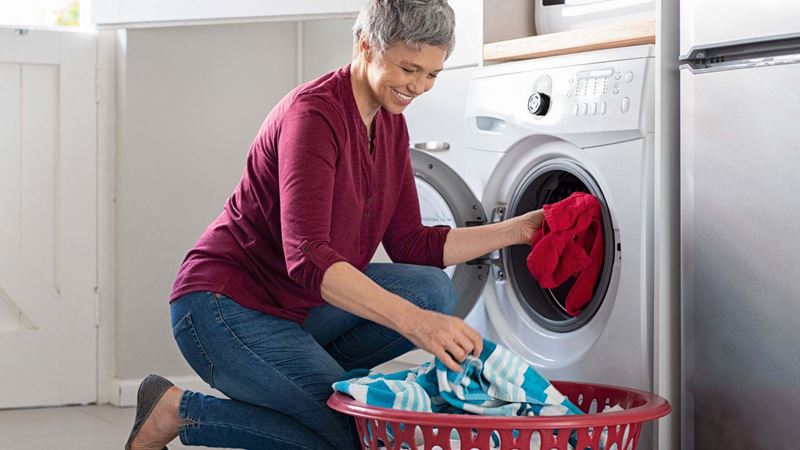
Washing machines use on average 60 litres of water per cycle, and a dishwasher uses 10 litres of water each time.
Save water and energy by always running full loads, rather than popping the machines on when they are half full.
As White says: “Half loads use more than half the energy and water of a full load.”
In fact, even if you use a specialist half load programme, your machine is likely to use nearly as much energy and water as a full load.
Heating water is the biggest drain on energy when running washing machines and dishwashers. One way to cut back on energy is to swap to an eco-wash programme.
But don’t be taken aback by the time an eco-wash cycle takes – they don’t use more energy. Eco programmes use less water and run at a lower washing temperature, meaning more time is needed for soaking than a faster wash.
The highest proportion of water used in our homes is from having showers and baths. They account for 34% of our water consumption, according to Waterwise, an independent body promoting water efficiency in the UK.
Research conducted by Unilever into people’s showering habits shows that the average shower lasts eight minutes and uses 62 litres of water, compared to a bath, which uses 80 litres of water.
However, while it’s easy to assume that a shower uses less water than a bath, the data suggests this isn’t always true.
A power shower, which uses a pump to boost the pressure, can use twice as much water as a bath. According to South Staffs Water, a normal shower uses around 45 litres of water, whereas a power shower can use about 75 litres.
Put a stopwatch on showering

The Energy Saving Trust recommends shortening the time you spend in the shower by keeping your shower time to four minutes, it estimates a typical household could save £20 a year on their energy bills and £11 a year on water bills if they have a water meter.
If you enjoy the pressure that a power shower delivers, opt for an aerated showerhead that reduces the flow without the pressure, where air is mixed with water to create a steady spray, advises Waterwise.
Low-flow shower heads can help reduce the water used by about six litres per minute.
You can get cheaper water-saving devices for your shower, including a low-flow shower head and shower timer, from Save Water Save Money.
With a running tap using about six litres of water a minute, it’s time to turn off the tap when you brush your teeth. If you clean your teeth for two minutes twice a day, that's 24 litres of water a day.
According to Water UK, turning off the tap could save you £40 a year if you have a water meter.
If you rinse your mouth by scooping water in your hand from the tap, make the switch to a cup. This simple change will save water by preventing the tap from running longer than needed.
According to Waterwise, about 30% of the water used in homes goes towards flushing the loo.
Dual-flush toilets, where you can choose to flush different amounts of water depending on whether the waste is liquid or solid, typically use four to six litres of water instead of 13 litres for old-style toilets.
So, if you have a dual-flush loo, ensure you’re using the correct flush for the job!
You can also cut down on water by adding a device into your toilet cistern to displace around one litre of water.
You can purchase one for from Save Money Cut Carbon, however, most water companies supply them for free.
There are many times when we run a tap or a shower and wait for the water to cool down or warm up.
One tip is to capture the water while waiting for it to reach the right temperature.
Cold water can be stored in the fridge as a ready supply of cool drinking water, while shower and bath water can be used to water plants, flush the loo, or wash out yogurt pots or other food containers.
Simply capture the water in bottles while waiting for the kitchen tap to cool down, or use a washing up bowl or bucket in your sink, shower or bath to catch the cold-water waste while you’re waiting for it to heat up.

Apart from saving water inside, there are many ways to conserve water in the garden. Water butts can help recover and store large quantities of rainwater.
They are usually found near a drainpipe leading off your home’s roof and collect rainwater. Rainwater is also better for your plants according to the RHS. Some water companies offer discounted water butts to help you save water.
Depending on how much you spend on a butt, it could be a good investment if you have a garden that needs watering in the summer when water supply is at its most stressed.
Water meters can’ t help everyone save money, but if you have a small household and moderate water needs, you’ll probably benefit. White explains the advantages: “Water meters make you more conscious of your water use and give you the control to make significant savings through small changes.”
You can discover if a water meter is right for your household by using the CCW’s water meter calculator.
Research by Water UK has shown that 30% of people recognise the importance of saving water during the winter, compared to 79% during the summer.
The truth is that we need to be saving water throughout the year. Even if we get a rainy winter, conserving water then can really help if there's a hosepipe ban or drought come the summer months.
Winter and spring is a great time to make your garden more drought-proof, for example by adding a layer of mulch to the soil, or aerating your lawn.
With her 30 years of experience, Camilla Sharman has covered a wide range of sectors within the business and consumer industries both as a feature, content, and freelance writer. As a business journalist, Camilla has researched articles for many different sectors from the jewellery industry to finance and tech, charities, and the arts.
View author page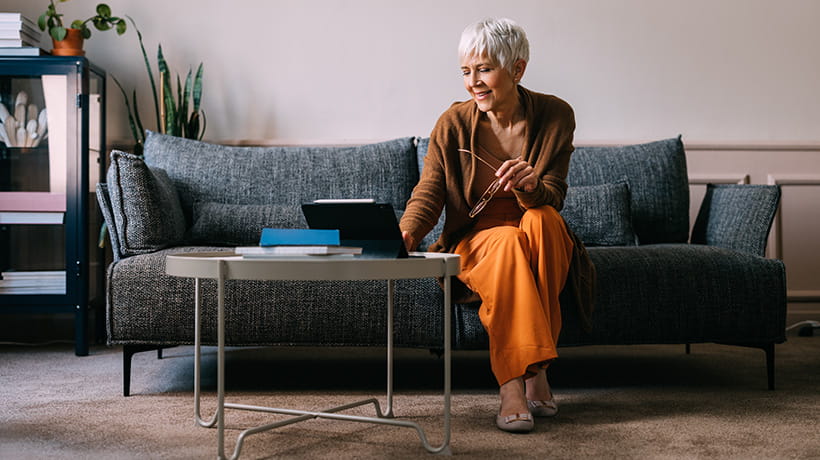
Whether you're looking for straightforward insurance or cover that's packed with extras, our home insurance has plenty of options for people over 50.
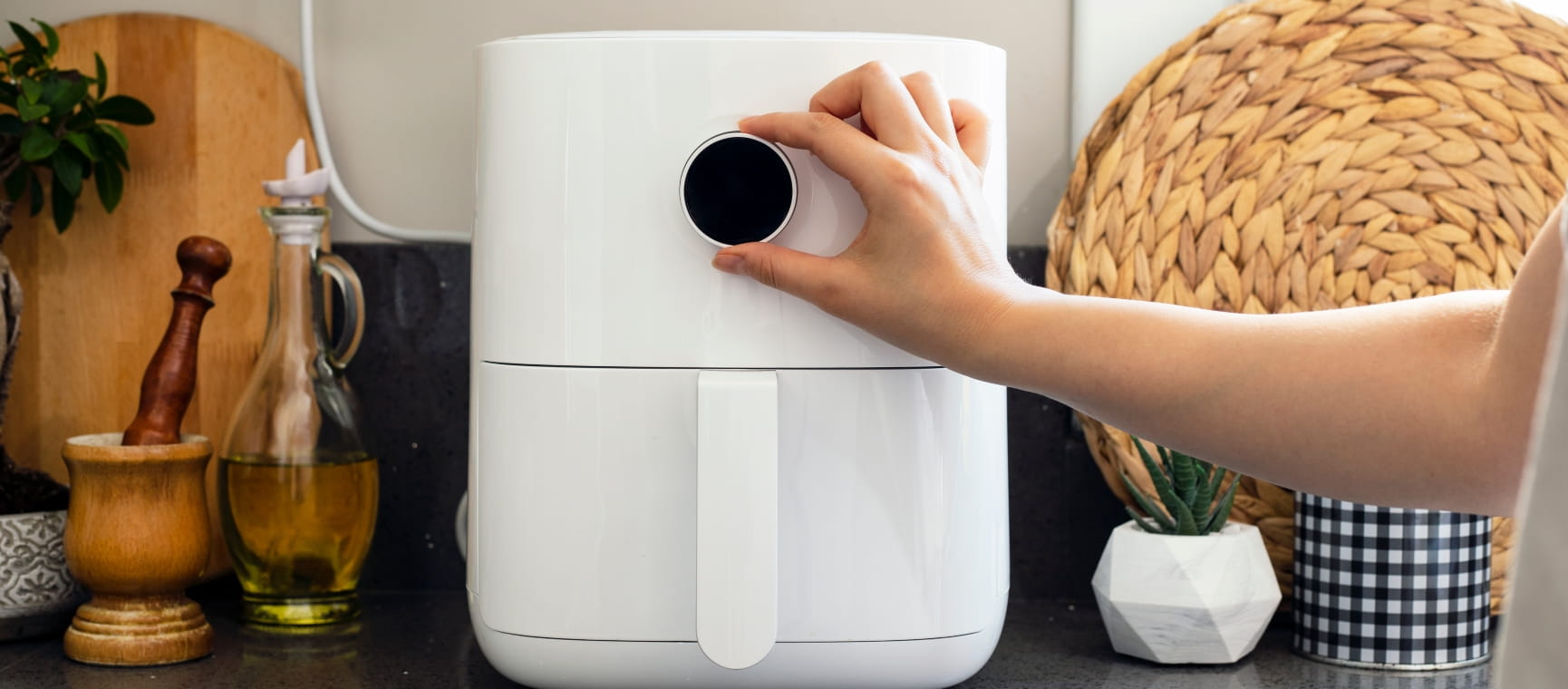
Home chefs are turning to their air fryer and slow cooker to save money on their energy bills. Which is cheaper to run?
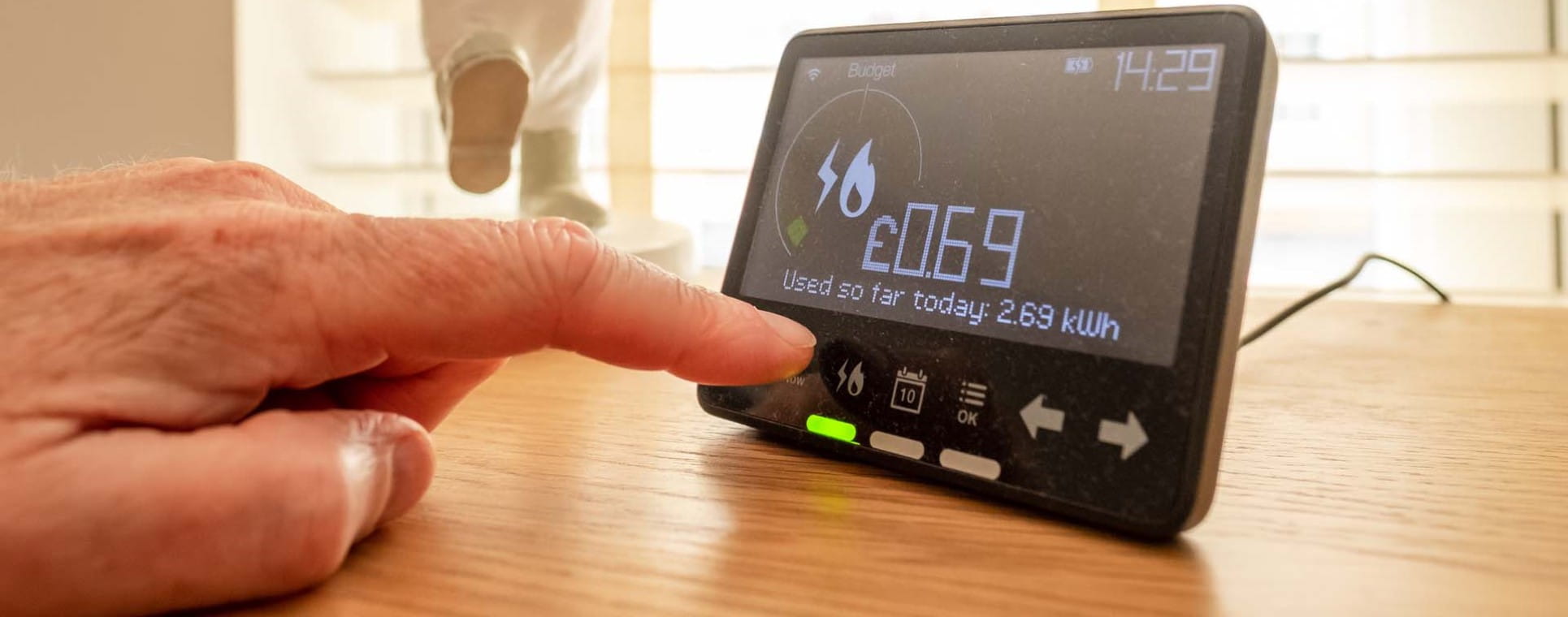
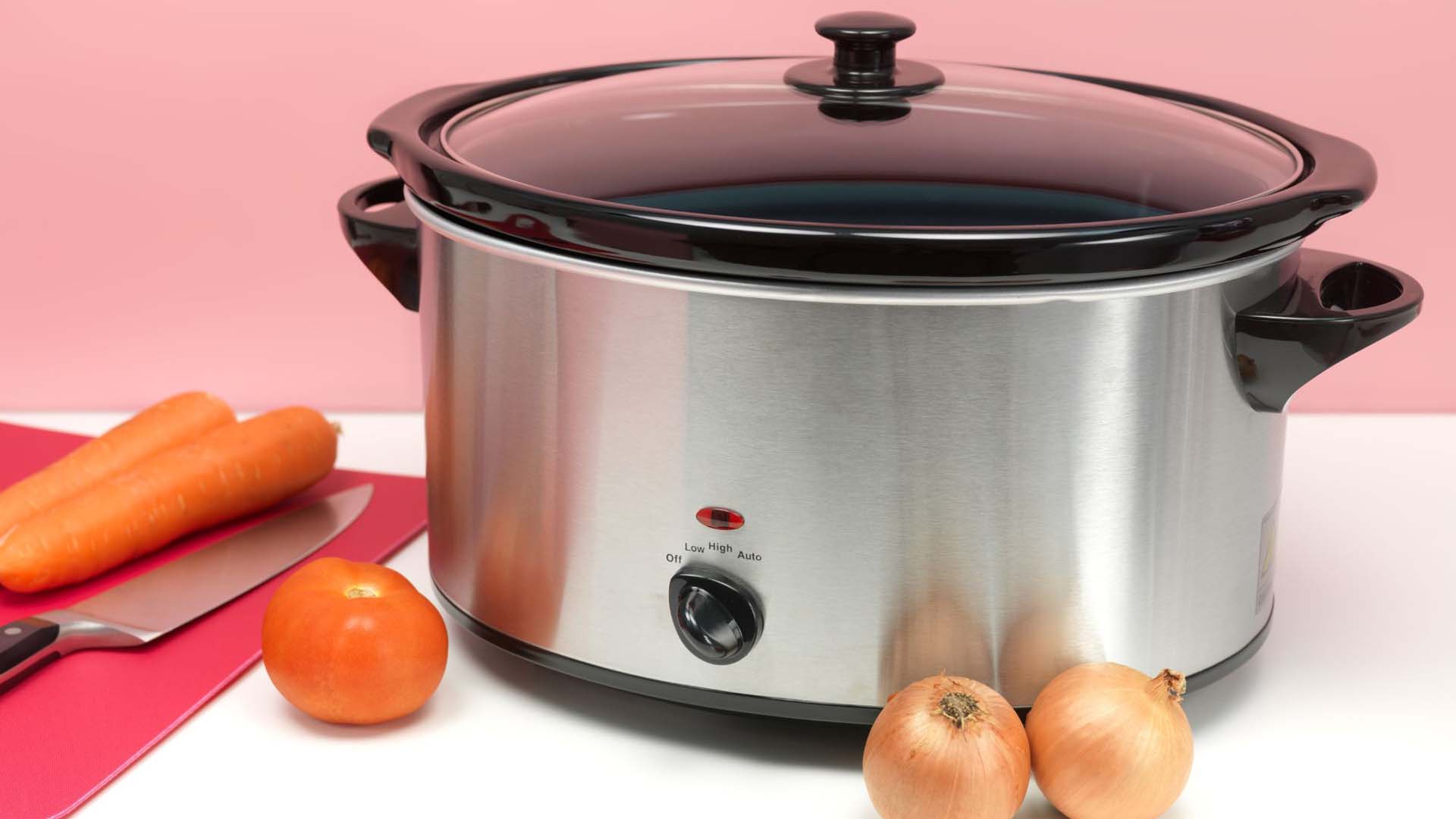
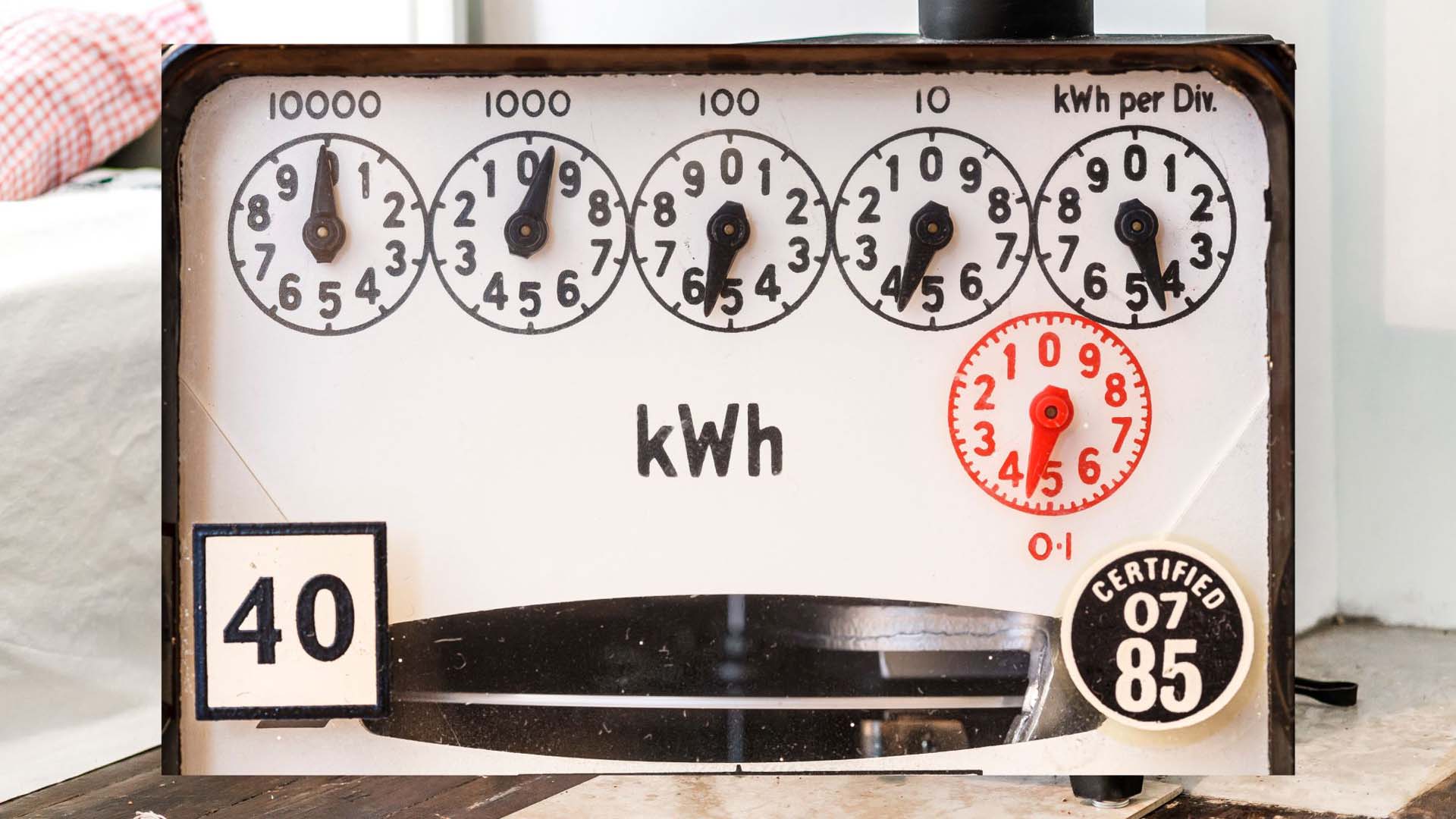
Find out if a smart meter offers you more benefits than your traditional energy meter.


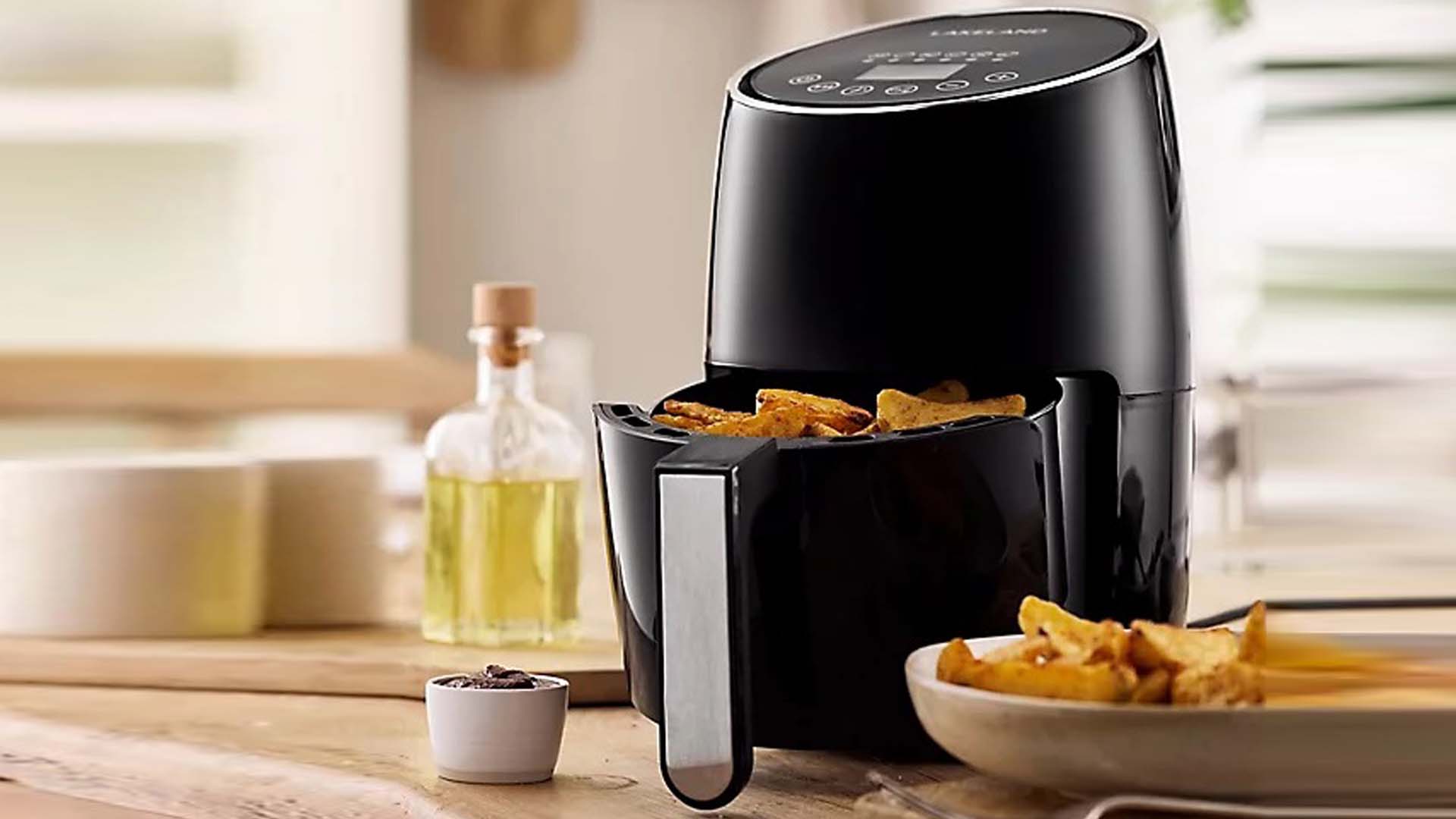
As well as being a healthy option, air fryers are said to save money – but in reality, how economical are they?
